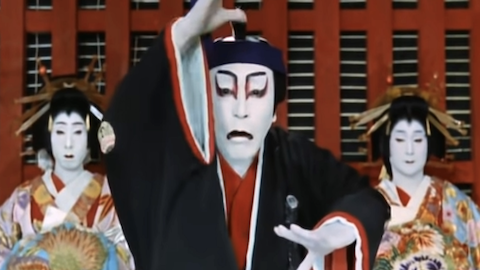The evolution of drag

Thanks largely to RuPaul's Drag Race, drag has gained visibility and enthusiastic audiences around the world in recent years. But the art form, in which individuals take on exaggerated personas male and female personas, has a long history. The term "drag" itself is thought to originated during Shakespeare's time, when women were forbidden from appearing in theaters, and the dresses men wore to perform female characters would 'drag' across the stage.
Female impersonators, who were among the most popular Vaudeville performers in the early 1900s, were another precursor to the modern art form. Julian Eltinge was a hugely popular American female impersonator who presented the illusion of being a woman throughout his act; at the end of his performances, he would pull of his wig to reveal his actual gender, much to the surprise and delight of his astounded audiences.
Whether they take to the stage to express a different side of themselves or to provide social commentary or simply to embody an exaggerated persona that has taken shape over time, today's drag kings and drag queens are part of a rich and varied performative tradition and creative art form.
Featured Content
Learn more about the evolution of drag and its many variations over time.
References:
Nasr, Gaelle Abou. (2021, December 12). The Evolution of Drag: A History of Self-Expressionism. Arcadia. https://www.byarcadia.org/post/the-evolution-of-drag-a-history-of-self-expressionism
